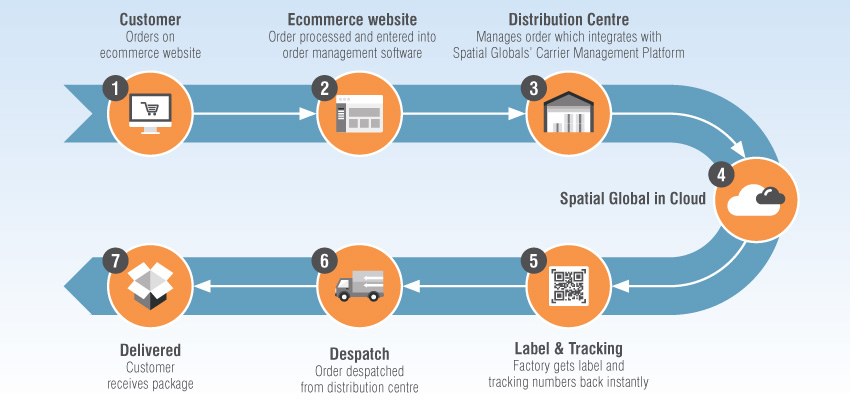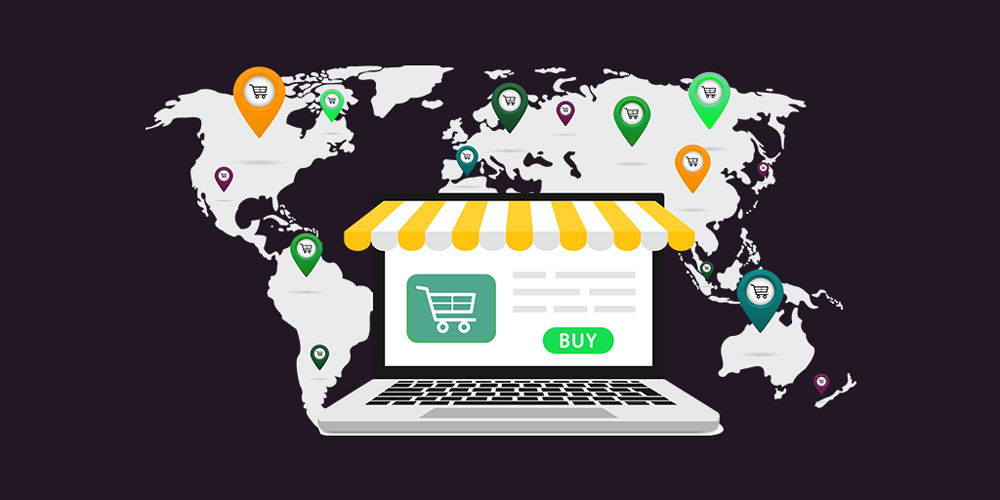Meilleures pratiques pour une gestion évolutive des transporteurs dans toutes les régions
La gestion des transporteurs maritimes dans un seul pays peut déjà s'avérer difficile. Si l'on multiplie cette complexité par plusieurs régions, chacune avec ses réglementations, ses attentes en matière de livraison et son infrastructure, il devient évident qu'une gestion évolutive des transporteurs est utile et essentielle.
Que vous soyez une entreprise de commerce électronique qui s'étend à de nouveaux territoires ou un 3PL qui optimise sa logistique transfrontalière, ce guide explore les meilleures pratiques pour mettre en place un système flexible, évolutif et efficace de gestion de la chaîne logistique. gestion des transporteurs stratégie.

L'importance d'une gestion évolutive des transporteurs
Dans le domaine de la logistique régionale et mondiale, il n'y a pas de taille unique. Certains transporteurs excellent dans dernier kilomètre D'autres proposent des tarifs internationaux compétitifs. Une stratégie évolutive de gestion des transporteurs garantit :
- Des niveaux de service cohérents dans toutes les zones géographiques
- Réduction des coûts d'expédition grâce à l'utilisation de transporteurs locaux
- Résilience en cas de perturbations (grèves, retards, etc.)
- Des opérations rationalisées pour faire face à la croissance des volumes et des marchés
1. Diversifier votre portefeuille de transporteurs
S'en remettre à un ou deux grands transporteurs peut sembler pratique mais limite la flexibilité. Au lieu de cela :
- Travailler avec un ensemble de transporteurs mondiaux, nationaux et régionaux
- Évaluer les performances par région, et non les moyennes globales
- Tester et intégrer en permanence de nouveaux transporteurs sur de nouveaux marchés
Cette approche réduit les risques et permet d'accéder aux délais de livraison et aux prix les plus compétitifs de chaque région.
2. Tirer parti d'une plate-forme d'expédition multi-transporteurs
La gestion manuelle des transporteurs n'est pas évolutive. Investissez dans une plateforme logistique qui :
- Intégration de plusieurs transporteurs dans un tableau de bord unique
- Automatise la sélection du transporteur en fonction de la destination, du coût, du poids et de la vitesse de livraison.
- Fournit un suivi unifié et une visibilité en temps réel
Ces systèmes réduisent les erreurs manuelles, accélèrent le traitement des commandes et assurent une cohérence opérationnelle au-delà des frontières.

3. Normaliser les processus d'accueil des transporteurs
La création d'un cadre d'intégration reproductible garantit la rapidité et la conformité lors de l'entrée sur de nouveaux marchés. Le processus doit comprendre
- Essais de performance dans une région pilote
- Révision des accords de niveau de service et de la tarification
- Intégration du suivi et de la facturation API
- Documentation sur les douanes, les retours et les responsabilités
Cela permet aux équipes d'ajouter de nouveaux transporteurs rapidement et en toute confiance.
4. Définir les règles des transporteurs régionaux et la logique d'acheminement
Au lieu de choisir manuellement les transporteurs pour chaque commande, définissez des règles intelligentes basées sur :
- Pays de destination ou code postal
- Préférences en matière de vitesse de livraison (par exemple, standard, express, de nuit)
- Dimensions ou poids de l'emballage
Exemple : Faites appel à un transporteur local pour les livraisons dans les zones métropolitaines au Japon, mais à un transporteur international pour les commandes en zone rurale ou à l'étranger.
5. Contrôler les performances à l'aide d'indicateurs de performance régionaux
Suivre et comparer les indicateurs de performance tels que
- Taux de livraison à temps par région
- Frais d'expédition moyens par zone
- Taux d'exception (dommages, retards, retours)
- Taux de satisfaction de la clientèle par transporteur
Utilisez ces informations pour renégocier stratégiquement les contrats, améliorer le service ou modifier les volumes.

6. Tenir compte de la conformité et des coutumes locales
Chaque région a des règles douanières, des documents d'importation et d'exportation et des marchandises soumises à des restrictions qui lui sont propres. Assurez-vous que vos transporteurs et vos processus internes sont alignés sur les normes de conformité locales. Un système évolutif doit :
- Génération automatique de la documentation douanière
- Gestion des droits et estimation des taxes
- Inclure les restrictions d'expédition spécifiques à une région
7. Créer des flux de retour évolutifs
Les retours font partie de l'équation transfrontalière. Une politique de retour intelligente doit :
- Utiliser les centres de retour régionaux
- Proposer des étiquettes de retour prépayées avec les transporteurs locaux
- Intégrer le suivi des retours dans votre plateforme
Cela permet d'améliorer la confiance des clients et de réduire les délais de retour.

8. S'adapter aux attentes des clients locaux
Les attentes en matière d'expédition diffèrent d'une région à l'autre :
- Au Japon, les clients attendent des délais de livraison précis
- En Europe, les options d'éco-expédition sont de plus en plus populaires
- En Asie du Sud-Est, le paiement à la livraison et le ramassage au point de vente sont courants.
En adaptant votre stratégie de carrière à ces attentes, vous améliorez satisfaction et la fidélité à la marque.
Conclusion
La gestion évolutive des transporteurs est la base de la croissance internationale. En diversifiant votre base de transporteurs, en tirant parti de la technologie et en créant des processus reproductibles d'embarquement, d'acheminement et de retour, vous obtiendrez de meilleures performances de livraison et une meilleure rentabilité.
La bonne stratégie ne consiste pas seulement à transporter des paquets, mais aussi à créer un réseau de distribution résilient, réactif et optimisé au niveau régional. la logistique qui évolue avec votre entreprise.
Prêt à évoluer plus intelligemment ? Commencez par cartographier votre réseau de transporteurs actuel et identifiez les lacunes régionales dès aujourd'hui.
Aperçu de l'industrie
nouvelles via la boîte de réception
Nulla turp dis cursus. Integer liberos euismod pretium faucibua







